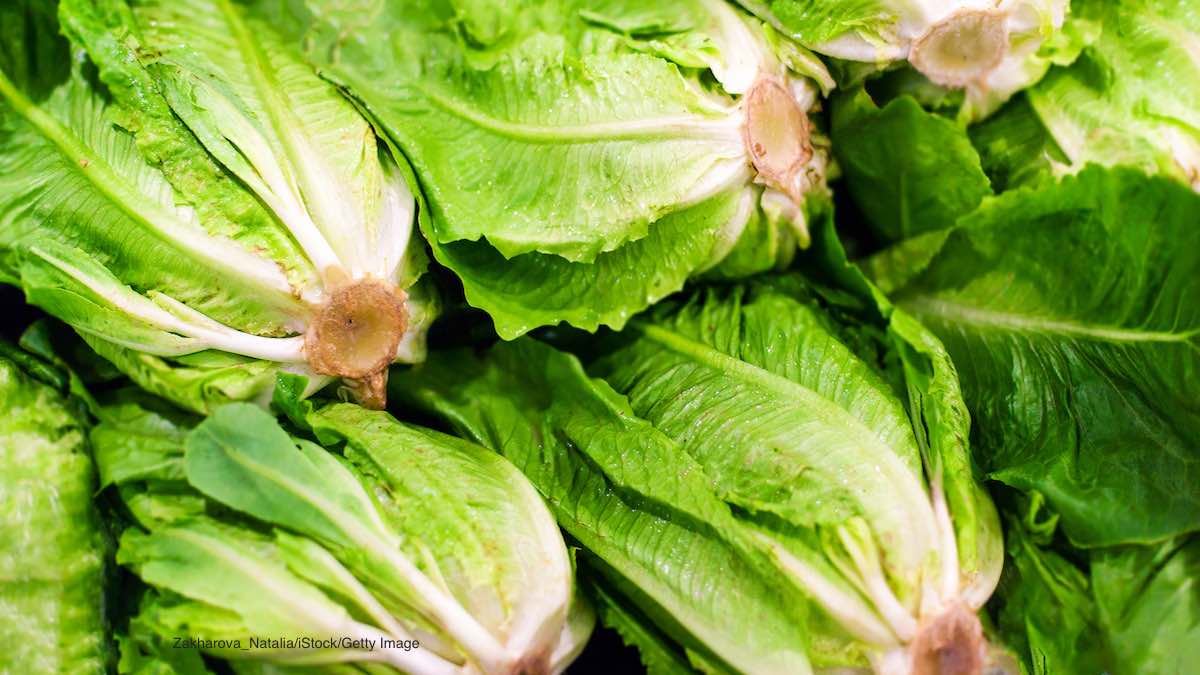Romaine lettuce E. coli lawyer discusses the end of the huge multistate outbreak, which is now over, according to the Centers for Disease Control and Prevention. “This outbreak is larger than the 2006 E. coli outbreak that was linked to fresh spinach,” said Fred Pritzker, food safety expert and attorney.

In that 2006 E. coli O157:H7 outbreak, 199 people were sickened, 101 people were hospitalized, 31 developed hemolytic uremic syndrome (HUS), a type of kidney failure, and three people died. In this current outbreak, 210 people in 36 states have been sickened. Ninety-six have been hospitalized, 27 have HUS, and five people have died.
The case count by state in this current outbreak is: Alabama (3) Alaska (8), Arkansas (1), Arizona (9), California (49), Colorado (3), Connecticut (2), Florida (3), Georgia (5), Idaho (12), Illinois (2), Iowa (1), Kentucky (1), Louisiana (1), Massachusetts (4), Michigan (5), Minnesota (12), Mississippi (1), Missouri (1), Montana (9), Nebraska (1), New Jersey (8), New York (11), North Carolina (1), North Dakota (3), Ohio (7), Oklahoma (1), Oregon (1), Pennsylvania (24), South Dakota (1), Tennessee (3), Texas (4), Utah (1), Virginia (1), Washington (8), and Wisconsin (3). The patient age range is from 1 to 88 years. The five people who died were from Arkansas, California, two in Minnesota, and New York.
Officials interviewed 166 people sickened in this outbreak. Of those patients, 145, or 87%, ate romaine lettuce before they got sick. Some of those sickened had close contact with someone who got sick from the lettuce, so the bacteria has been spreading person-to-person as well.

Romaine lettuce E. coli lawyer Fred Pritzker said, “E. coli infections and hemolytic uremic syndrome are life-altering illnesses. No one should get sick because they ate a salad for lunch or dinner. The bacteria can’t be washed off this product, and it is considered ready-to-eat.” Contact Fred at 1-888-377-8900 or 612-338-0202.
“This outbreak has been difficult to unravel,” Fred said. “Public health officials have been combing through tons of information from different farms, producers, processing plants, restaurants, and grocery stores. No one producer has been named, although we know that the romaine lettuce most likely came from the Yuma, Arizona growing region.”
In fact, the FDA, CDC, and state officials collected samples of water, soil, and manure in the Yuma area. They found the outbreak strain of E. coli O157:H7 in water samples that were taken from a canal in the area. That bacteria from the canal water is closely related genetically to the bacteria taken from patent isolates. Other test results are pending.
The outbreak is considered “over” for two reasons. One, the last patient illness onset date is June 6, 2018, more than three weeks ago. It takes two to three weeks before an ill persons seeks help and is diagnosed. And two, the last romaine lettuce harvested from the Yuma area was picked on April 16, 2018. That product has a 21-day shelf life, which puts the last day it should have been eaten June 6, 2018, more than three weeks ago.




